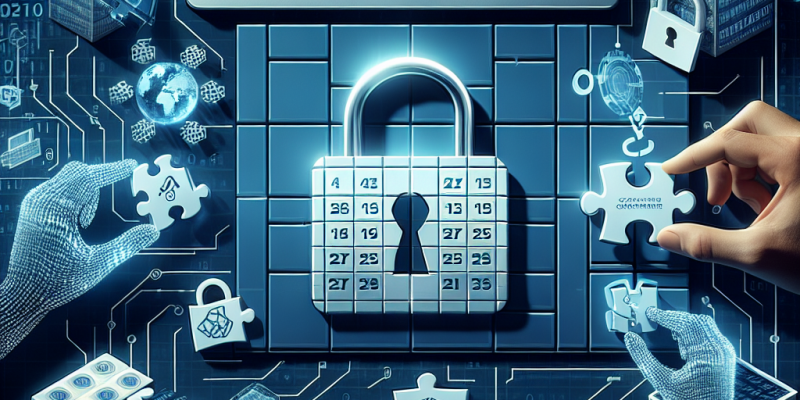The Future of Cybersecurity: Best Practices for a Secure 2025

As we move deeper into 2025, cybersecurity continues to be a critical concern for individuals and businesses alike. With the rise of new technologies like artificial intelligence (AI), the Internet of Things (IoT), and cloud computing, the landscape of cybersecurity is rapidly evolving. To protect ourselves effectively, it is essential to understand the best practices for creating a secure digital environment.
1. Embrace Zero Trust Security
One of the most effective approaches to cybersecurity in 2025 is the Zero Trust security model. Instead of assuming that everything inside a network is safe, Zero Trust treats every attempt to access data as a potential threat. This means verifying every user, device, and application before granting access to sensitive information. Businesses should invest in technologies that support this model, such as multi-factor authentication (MFA) and identity management systems.
2. Regularly Update Software
Software updates are crucial in maintaining security. In 2025, cybercriminals use sophisticated methods to exploit vulnerabilities in outdated software. Companies and individuals should regularly check for updates and apply patches promptly. Automating these updates can save time and ensure that critical security measures are not overlooked.
3. Invest in Employee Training
Human error remains one of the leading causes of data breaches. In 2025, organizations must focus on training their employees about cybersecurity risks, such as phishing attacks and social engineering. Regular workshops and simulations can help staff recognize and respond to potential threats. Creating a cybersecurity-aware culture can significantly reduce the likelihood of a successful attack.
4. Implement Advanced Threat Detection
As cyber threats become more complex, organizations should adopt advanced threat detection systems. Using AI and machine learning can help identify unusual patterns of behavior, allowing for quicker responses to potential breaches. These technologies can analyze large volumes of data to spot anomalies that human analysts might miss.
5. Secure IoT Devices
The increase in IoT devices poses a significant security challenge. In 2025, many homes and businesses rely on smart devices, which often lack robust security measures. To protect networks, it is vital to secure these devices by changing default passwords, regularly updating firmware, and segmenting IoT devices from the main network.
6. Conduct Regular Security Audits
Regular security audits help organizations identify vulnerabilities and ensure compliance with industry standards. In 2025, it’s essential to conduct these audits at least annually. These evaluations can reveal weaknesses in existing security protocols and provide insights into areas needing improvement.
7. Develop an Incident Response Plan
Even with the best security measures in place, breaches can still occur. Organizations must be prepared with a detailed incident response plan. This plan should outline roles and responsibilities, communication protocols, and steps to take during a security incident. Regularly reviewing and testing this plan can ensure that teams are ready to act quickly and effectively when a breach happens.
8. Use Encryption
Data encryption remains one of the best defenses against cyber threats. In 2025, this practice is more important than ever, especially for sensitive information stored in the cloud or shared over the internet. By encrypting data, you protect it from unauthorized access even if it is intercepted by cybercriminals.
Conclusion
As we look ahead to 2025, cybersecurity will remain a top priority for individuals and organizations. By following these best practices—embracing Zero Trust security, keeping software updated, investing in employee training, and more—we can create a safer digital environment for everyone. Cyber threats continue to evolve, but with the right approach to security, we can stay one step ahead in protecting our information and systems.














